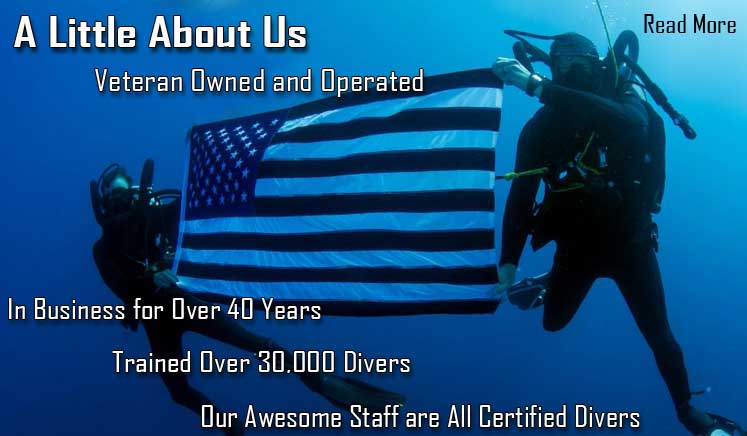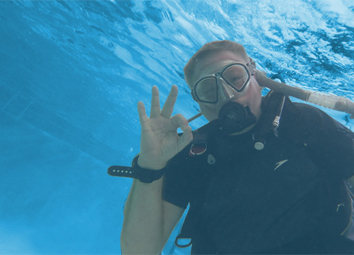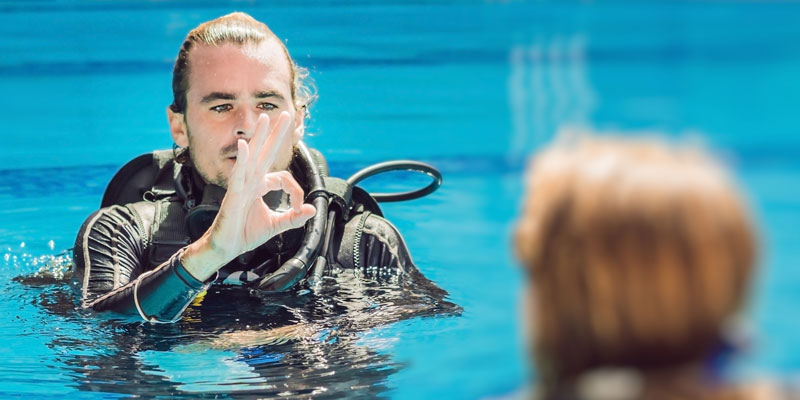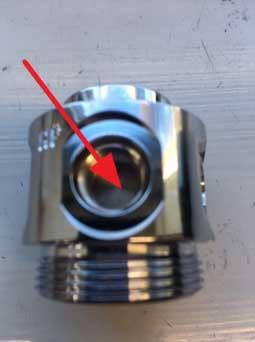We use cookies to enhance your experience on our website. By clicking “I Agree,” you consent to our use of cookies in accordance with our Privacy Policy. If you choose not to allow cookies on our website, some of the website’s functions may not be available to you. Learn more.
This Location has been closed
Low Price Guarantee
Divers Supply will not be undersold! We will match any authorized dealer's advertised price for the same equipment. Even online!
Scuba Equipment Sales
Divers Supply carries a wide array of equipment for every diver's needs. We sell new equipment with the full manufacturer's warranty and even our used rental fleet for the divers on a budget. We also have a full service, repair shop on-site.
Scuba Lessons
Divers Supply offers a full range of SCUBA courses from the "Open Water Diver" certification through the "Instructor Development Course".
Friendly and Knowledgeable Staff
Our employees are PADI, SDI, and/or NAUI certified divers, so you can be confident in the advice you receive.
Great Travel Opportunities
Come travel with Divers Supply. We take monthly trips to destinations such as the Florida Springs, Keys, and West Palm Beach. Also see information about our upcoming international destinations at the travel desk.
Air and EANx Nitrox Fills
We offer air and EANx fills in-store by certified gas blenders.








































